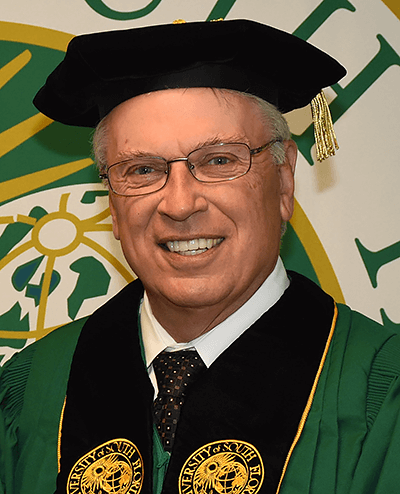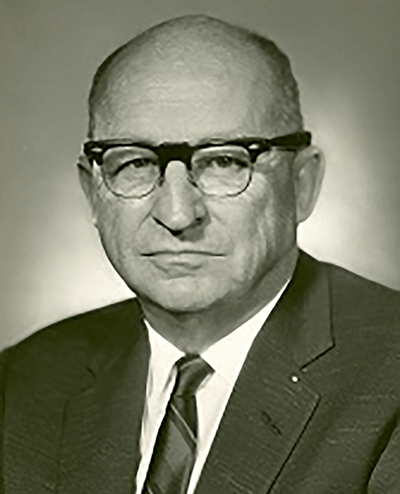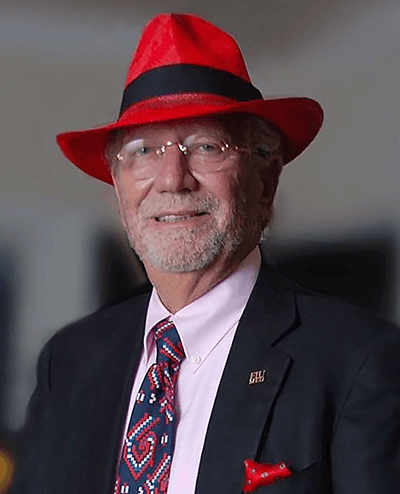
2018 Inductees

Sara Blakely
Founder, SPANX®
Sara Blakely Foundation
Graduate, Florida State University
5 U.S. patents
Sara Blakely is a Tampa Bay native and Florida State University alumna who invented the renowned undergarment SPANX and built a billion dollar enterprise that has influenced fashion worldwide. With the extremely hot and humid weather in Florida, wearing traditional pantyhose everyday was not pleasant. In an attempt to continue to benefit from control top smoothness, Blakely set out to invent pantyhose without seamed toes that did not roll up on her thighs. After self-patenting her idea for this innovative shapewear, she spent her life’s savings of five thousand dollars to follow her dream of becoming an entrepreneur. After much persistence she found a garment manufacturer to mass produce her product and launched sales from her apartment in August 2000. By 2014, SPANX annual revenues reached $250 million. Blakely is committed to sharing her success by helping women pursue education and training in entrepreneurship. In 2006, she founded the SPANX by Sara Blakely Foundation, which has donated millions to charities around the world. Blakely is the first self-made, female billionaire to sign The Giving Pledge, donating at least half of her wealth to charity. Blakely holds 5 U.S. patents.






